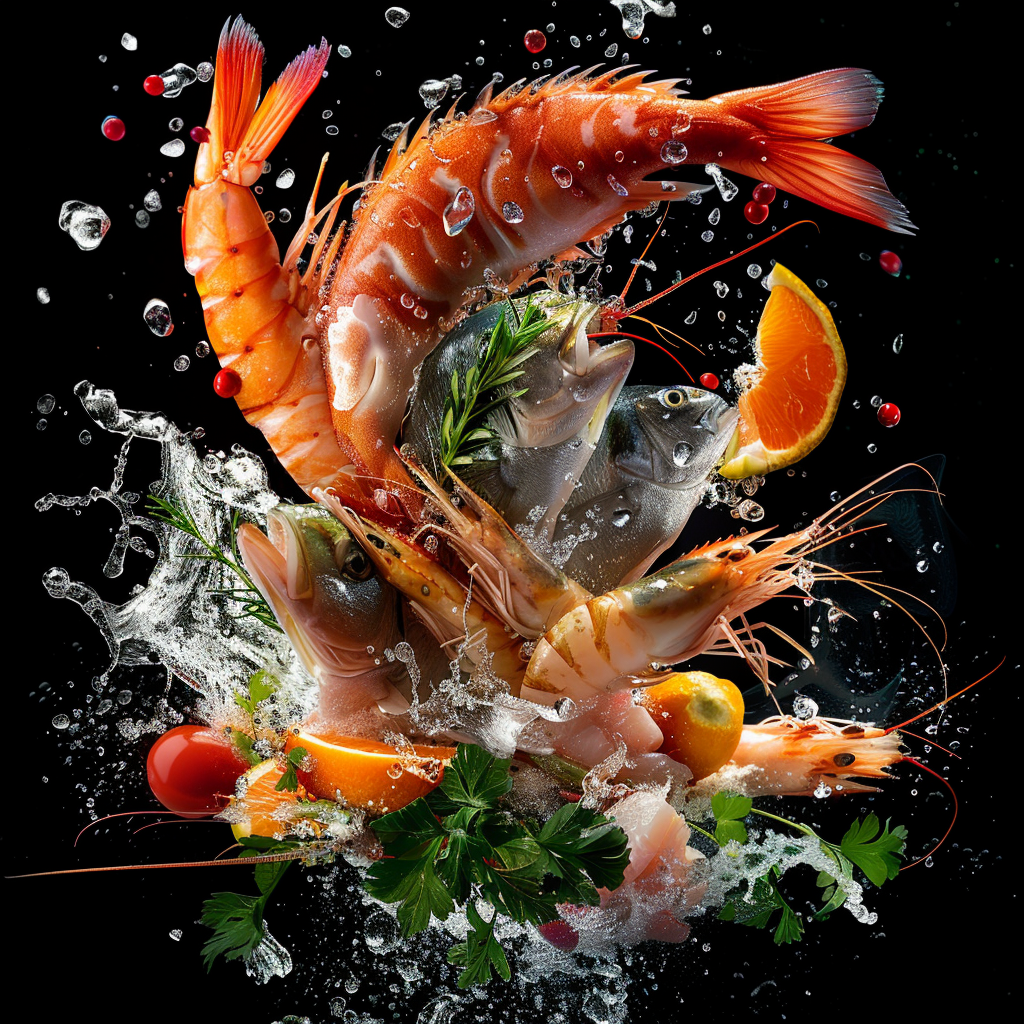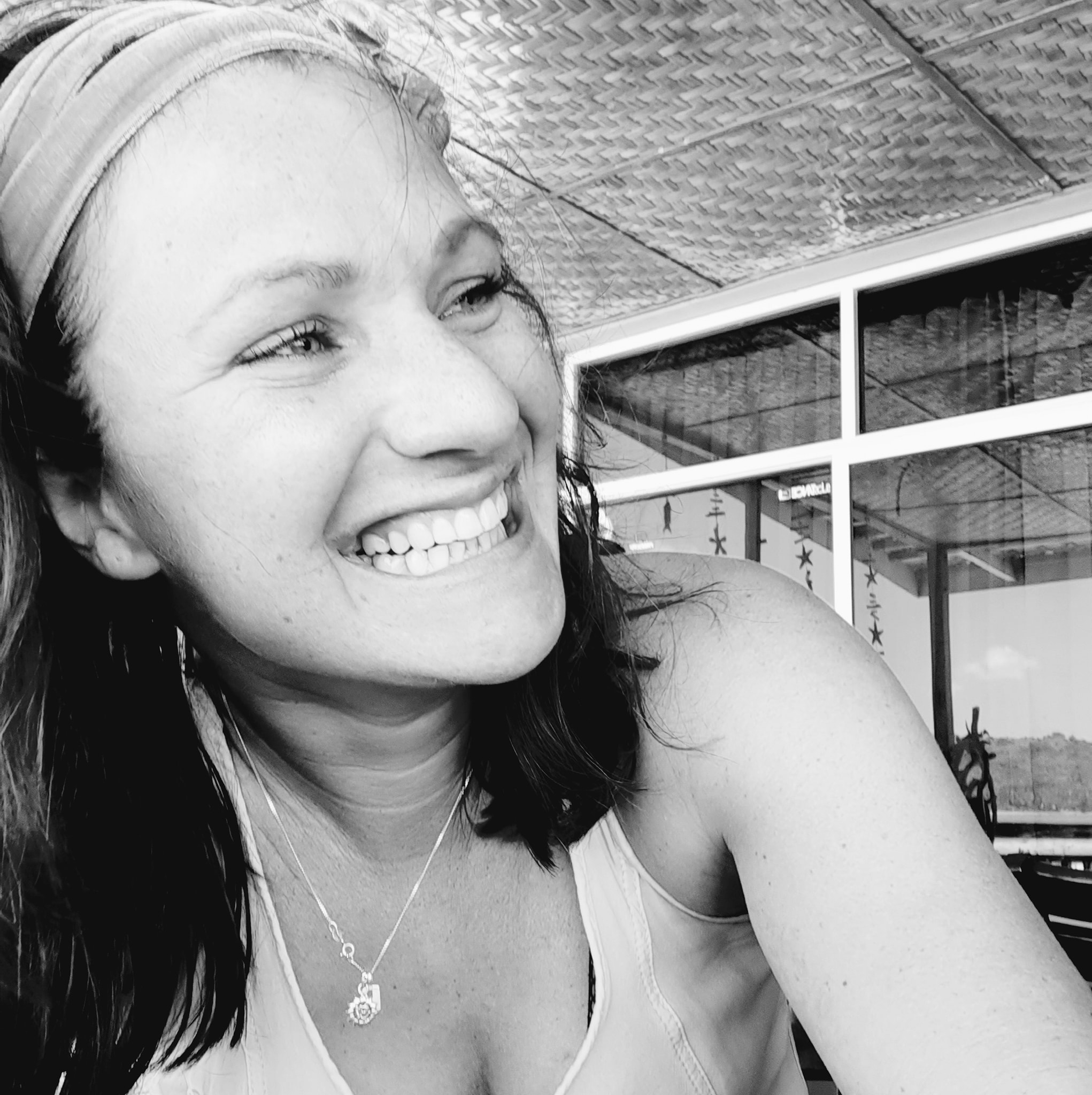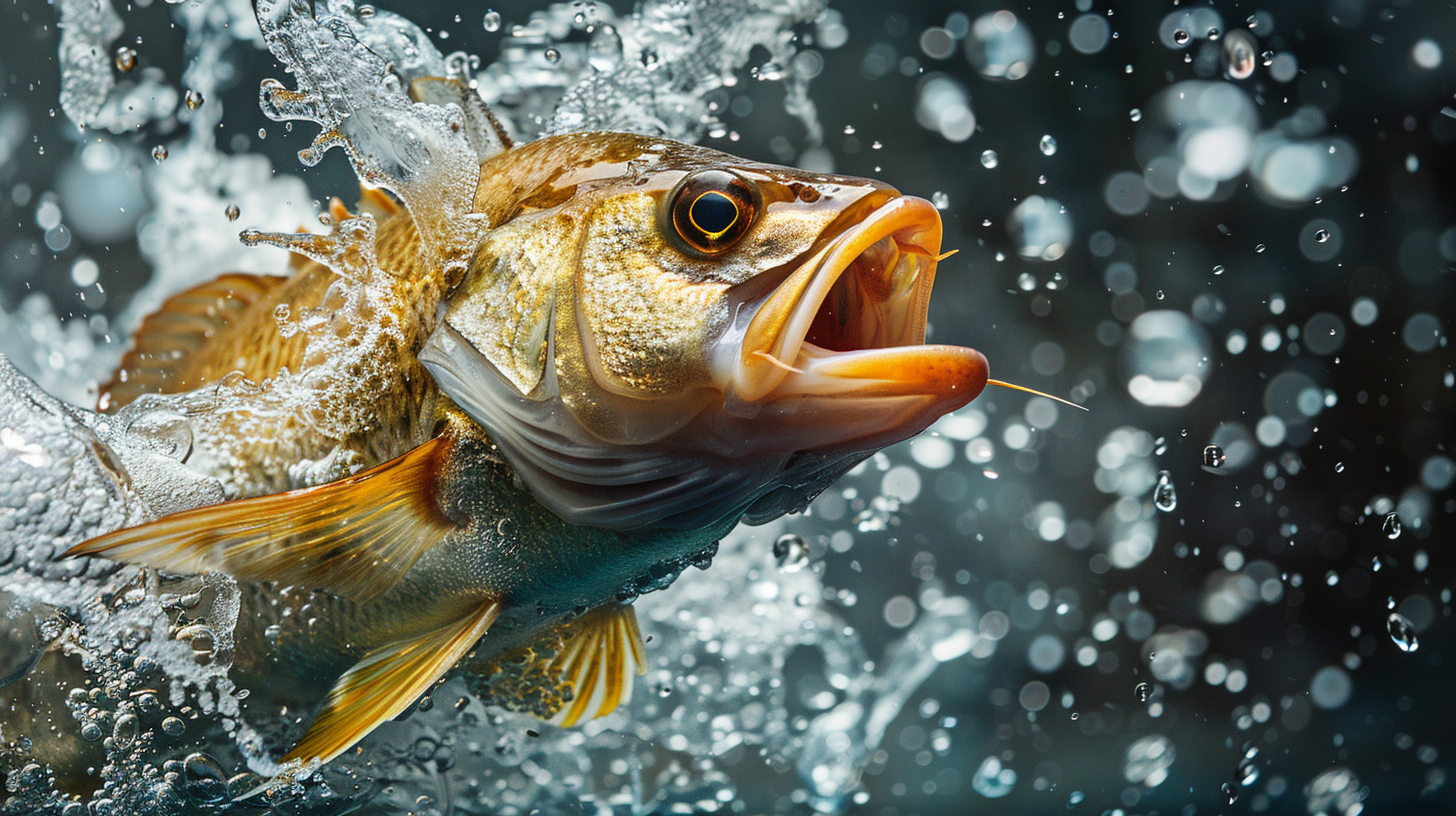Contents
Overview of Food Photography

In food photography, you combine creativity with skill to create beautiful pictures that do more than just look good. They can also share a tale about where the food comes from, how it’s made, and what it means culturally. To turn an ordinary meal into something special in a photo, you need to get the lighting right, arrange everything nicely, and style it well.
Why Specializing in Seafood Photography is Important

Taking great pictures of seafood can really make people want to buy it. Pictures can speak to anyone in the world, and seafood photos let photographers get really good at showing off different types of fish dishes, like the shiny scales of fresh fish or the bright colors of tasty shellfish.
If you’re into photography of fish as food, it’s smart to know how fish, food, and photography work together. These words are key to understanding what fish food photography is all about, and they’re connected when you’re trying to show someone a picture of what fish eat.
What These Words Mean
Fish are the animals that live in water. People catch them as pets or to eat. Food is anything we eat, including what fish eat. And Photography is taking pictures, like ones that show how yummy fish food looks.
How These Words Work Together
Putting these words together tells us why they’re important when you take pictures of fish and their food:
- Fish and Food: We have a straight link because the food we give to fish needs to be right for them.
- Food and Photography: The two connect when we try to make a photo look good and share info about what fish eat.
- Fish and Photography: These come together when we show fish with their food, maybe to teach something or sell something.
Getting these connections right is a big deal if you want to be awesome at photographing what fish eat. Good pictures tell a story about these links and grab attention.
When you take pictures of seafood, you gotta think about what those pics are saying. Does the photo scream “Super fresh!” or show where the seafood came from? Fix up your pics to shine a spotlight on things like freshness, quality, and the sea.
Setting the Scene in Seafood Photos
The scene around your seafood shot can really change how people see it. The best seafood photos often throw in some wood, salt, herbs, or beachy bits to get across that “just caught” look without stealing the show from the seafood itself.
Fresh and Tasty Looks Matter
To get that fresh and top-notch look in your seafood pictures, you should use stuff like bright colors, clear details, and maybe some water drops. Light should hit the food just right to show off its juiciness and high quality. A blurry background can help make the seafood stand out.
A well-shot seafood picture can almost make you taste the ocean. It’s this mix of what the photo means, where it’s set, and signs of freshness that makes the picture pop and leaves you hungry with just one look.
Best Gear for Seafood Shots
Choosing the right tools and settings is super important when snapping pics of seafood. Go for a sharp camera and maybe a macro lens for cool close-ups. Keep the ISO low, between 100 and 400, for less fuzziness. Use aperture priority mode with a low f-number for focus on the dish and blur everything else. Don’t forget a tripod for steady shots. Check your white balance so the colors look real – seafood needs to look like it comes right from water.
Making Lighting Work for Your Fish Photos
In food pictures, getting the lighting right is everything, natural light is usually better for a nice soft look. Set up near a window where you get good sunlight but not too harsh. Use diffusers to mellow out the light more, and reflectors to shine some light on dark spots. If you’re using artificial lights, choose ones that stay on instead of flashing to keep all those little details. Try different light directions to capture how fresh the fish looks, but remember to mess with your camera settings if the light changes to keep your exposure good.
Composition in Fish Food Photography

The setup of your fish food photos is key to making them look enticing. It’s not just snapping a pic. You want to tell a story and stir up feelings that make people want to eat what they see. To get this right, focus on different parts that make up a solid photo.
The Rule of Thirds
First off, let’s chat about the rule of thirds. It’s a classic trick where you split your shot into nine squares with some lines. If you place important bits of the photo along these lines or where they cross, you create a cool balance and grab interest. In fish food snaps, if you put the yummiest part a bit to the side instead of smack in the middle, you might get a livelier photo.
Leading Lines
Lines are super helpful for getting the viewer to look at the main bite. They can come from anything – the edge of a dish, forks and knives, how you folded the napkin, or even stuff by the plate. Make sure these lines point to the food, not away from it.
Textures and Layers
To make your picture pop with depth, toss in some textures and layers. Think about using things like the pattern on wood, chunky salt sprinkles, or the fish’s shiny scales to give your photo more zing.
Photographing Fish Delightfully

Capturing the beauty in photography isn’t just about how you arrange things; it’s about making a picture that delights our eyes. When taking pictures of fish dishes, getting that beauty right is key. It makes it so that you can nearly taste and smell the food just by looking at the photo.
Making the Most of Daylight
For snapping pictures of food, daylight is your ally. It softens the hues and gives your seafood shots an air of genuine freshness. Try to take photos in the early morning or late afternoon when the light is gentler. This way, you’ll avoid strong shadows and bright spots that could spoil the look of your plate.
The Art of Focus
Playing with how much of your photo is in sharp focus can really make your image pop. A low depth of field means only your dish is clear, and everything else fades away. But if you choose a high depth of field, you get more background in the shot, which can tell a story.
Understanding Colors in Salmon Pictures

Taking pictures of salmon, you need to think about colors. Salmon is known for its pink-orange look, and your goal is to highlight that by using other colors that look good with it or stand out against it.
Getting the Real Color Right
It’s important to get the color of the salmon just right. You might have to mess with the camera’s white balance to make sure the salmon appears true to life. People often guess how fresh and high quality the fish is by its color.
Using Different Backgrounds and Details
To draw attention to your salmon, try using colors that are different from its warm tones. For example, putting it on a blue plate or against a green background can make its color pop. And don’t forget to add things like garnishes or side dishes in bright colors, like yellow or purple, which make it look even more attractive.
Becoming good at setting up and styling seafood photos can really make people want to eat it. If you know how to use color theory with salmon, the dish will not only taste great but also look mouth-watering. With a little creative thinking and control over what you include in your photo, you can turn simple ingredients into an eye-catching piece that makes people want to dig in.
Showing off seafood, especially salmon, so it looks appetizing involves certain tricks that show off the fish’s natural beauty and feel. Creating a tasty-looking photo takes attention to detail and clever positioning.
How to Make Salmon Look Good
Here are some tips for making salmon’s color and texture standout:
- Lighting matters a lot; soft natural light can make fresh salmon shine.
- Use plates that are simple and let the salmon’s color do the talking.
- Add fresh herbs or slices of lemon for an extra splash of color and freshness.
- Show different cuts or preparation steps; this shows variety and care in how the fish is handled.
- Keep the surface moist; a slight shimmer hints at the fish being fresh and enhances its texture.
Choosing Props and Backgrounds for Seafood Pics
Picking the right props and backgrounds can make or break your photo. Here’s how to nail it:
- Pick backgrounds that help the seafood stand out.
- Include utensils that you’d use for eating or preparing the fish; it adds context to your picture.
- Go for surfaces like wood, marble, or cloth that support but don’t distract from the fish.
- Use glass items or ice to bring up ideas of coolness and freshness tied to top-notch seafood.
- Avoid stuffing too much into your shot; simpler is often classier.
While there are some tips for styling, adding your personal touch will make your seafood pictures one-of-a-kind and alluring.
We’re visually exploring the journey from the oceans where salmon live to well-prepared dishes on our tables. This journey isn’t just shown in pictures; it’s an experience felt through the camera’s eye.
Showing the Full Story from Sea to Dish
If you want to tell the full story of salmon, cover its whole life. Start with where it comes from, talk about how it’s caught or raised responsibly, and end with how carefully it’s cooked and served. Juxtaposing elements like nature, human care, and culinary skill gives images a rich narrative that touches viewers’ hearts and stomachs.
How to Photograph Salmon Dishes Perfectly

A photographer’s job is to showcase the freshness, textures, and energy of salmon in their photos. They use techniques like lighting to highlight the dish’s moisture or arrange it on the plate to show off its beauty. The goal is to make people feel like they can taste the salmon just by looking at the picture.
Making Photos Tell a Story With Visuals
Important parts of food photography include how the photo is arranged, the colors, and the space used. When taking pictures of salmon, the photographer should focus on its bright color and soft texture. Everything in the photo should make the salmon look more stunning but not take attention away from it. Thinking about sustainability while taking these photos can add more meaning because it shows salmon’s place in nature and culture. Whether caught in the wild or farmed, showing salmon can start conversations about protecting nature and food trends. The choices photographers make can affect what people think and do without them even realizing it.
Taking pictures of salmon dishes isn’t just about making things look pretty. It’s also about showing where the fish came from, its journey, and how it turned into the dish we admire. If photographers pay attention and focus on little details, they can create images that stay with folks long after they finish eating.
Photographing seafood comes with its own challenges. It’s tough to make seafood look fresh in photos. The right lighting is crucial; if it’s too bright or too dark, it ruins the natural charm of the food. Seafood looks best only for a short time as ice melts and fish dries up, which means losing that shiny, tempting look. The texture and color of seafood can also be hard to capture in a way that keeps the image interesting and delicious-looking. This is why photographers have to work fast and smart so they grab a photo of the dish when it’s looking its absolute best.
How to Take Great Seafood Photos

Snapping the perfect shot of seafood means being quick once the dish is ready. If you’re too slow, the food won’t look its best. That’s why it’s smart to have a team to prep stand-ins and touch-ups; they make sure everything looks great on camera. Good lighting is key, and soft light usually does the trick – it makes the fish look soft and colorful. To keep things from getting boring, use props and add-ons for extra color and texture. Lastly, try shooting from various angles to find those that make the dish shine.
How to Photograph Fish Food Efectively

Telling a story with fish food photos means you have to get your details right. Choose props and settings that show where the dish is from and how it’s made. For example, use traditional dishes or backgrounds that remind people of the dish’s background. Use the right focus in your photos to highlight or soften parts of the picture, which boosts the story you want to tell. Also, make sure the colors in your photos match what seafood naturally looks like to keep things realistic and tasty-looking. Paying attention to these little things helps make sure your seafood story hooks your audience.
Getting into seafood photography, editing is like a secret kitchen weapon. This step is where you make that seafood look yummy and inviting. Some editing tips will do the trick:
Fish Food Photo Touch-Ups
Raw photos might not capture how bright and textured seafood is. So, you need to edit to bring those images to life:
- White Balance: Mess around with white balance so your fish dishes show their true colors, not tinted by lights.
- Contrast and Clarity: Tweak contrast for bolder colors and more depth; upping clarity can make textures stand out and more delicious.
- Sharpening: A touch of sharpening helps keep details crisp. But don’t go crazy; too much sharpening makes things look fake.
- Saturation: A bit more saturation can enhance the color, but keep it natural—you don’t want your fish glowing like Vegas.
- Healing Brush: Got spots or imperfections on the seafood? The healing brush tool will clear them up.
Editing is like seasoning: sprinkle it on to jazz up the final product, but overdo it and it’s ruined. You should also be consistent with your edits so your unique style shines through.
Making Salmon Pictures Look Good and Real
Salmon has a great pinkish color that should be easy to photograph, but capturing it accurately while still making it look tempting is tricky. Here’s my advice for nailing salmon shots:
- Custom White Balance: Get the white balance just right while shooting, or use a white balance card. When it comes time to edit, adjust it so it shows off the salmon’s real color.
- Hue/Saturation: Adjust the hue and saturation levels, especially for reds and oranges. This lets you get the salmon color just perfect.
- Luminance: Changing luminance for reds and oranges helps you control whether the salmon looks light or dark—kind of like turning an image’s volume up or down.
- Vibrance vs. Saturation: Keep in mind vibrance changes things less dramatically than saturation, especially affecting less-saturated colors more deeply—it’s ideal for a subtle, fresh look and keeps everything looking natural.
Tweaking each setting is a delicate dance – if you move one slider, you might need to adjust another one to keep everything in harmony.

About Author
Rachel Noël is a professional photographer and videographer from the UK with over 10+ years of experience. Rachel specializes in Underwater, Tavel & Portrait photography among other areas.
